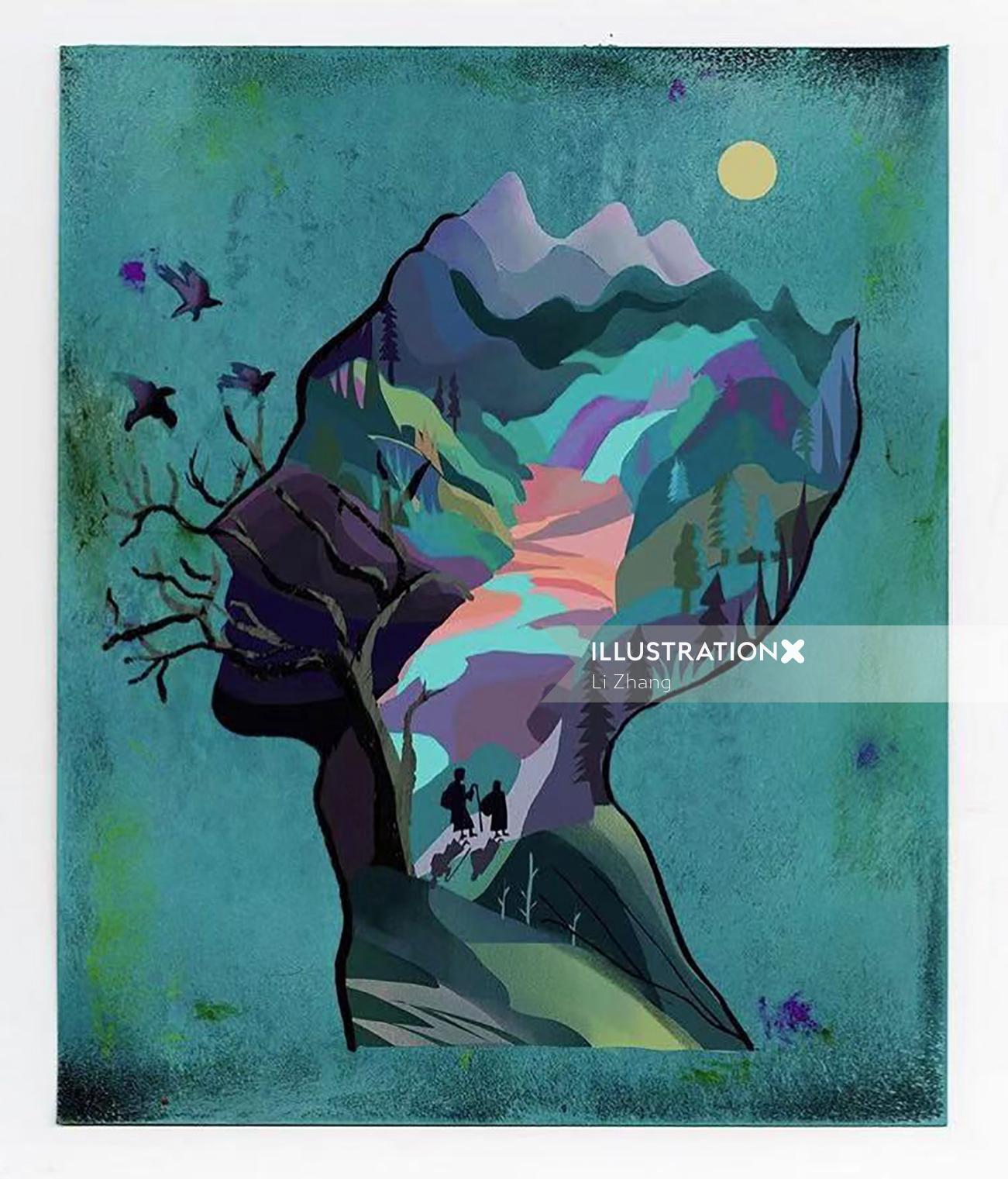
It began with dizzying dullness: “My name is Kathy H. His previous novel, “Never Let Me Go” (2005), contained passages that appeared to have been entered in a competition called The Ten Most Boring Fictional Scenes. He avoids ornament or surplus, and seems to welcome cliché, platitude, episodes as bland as milk, an atmosphere of oddly vacated calm whose mild persistence comes to seem teasingly or menacingly unreal. Kazuo Ishiguro writes a prose of provoking equilibrium-sea-level flat, with unseen fathoms below. Though some critics have questioned the book’s structural integrity, there’s no denying the power of watching Ishiguro’s grand themes flow with messy profundity into the lives of these archetypal characters.Ishiguro has set out to write a novel about people without memory. And as their journey unfolds, it becomes apparent that the Nagasaki-born, Japanese-British author Ishiguro is wrestling with the imperialist legacies of his native and adopted nations, as well as with the ambiguous ethics of preserving traumatic historical memories.

On a path littered with dragons, monks, a certain Sir Gawain and an inscrutable Saxon warrior, the couple find their commitment tested. Its heroes, elderly Britons Axl and his beloved wife Beatrice, suddenly recall that they once had a son, and embark on a quest to find him. Ishiguro’s 2015 foray into fantasy, The Buried Giant, takes place in a mythical post-Arthurian England afflicted by a mysterious mist that clouds inhabitants’ long-term memories.


This approach isn’t a gimmick so much as a way of accessing the perfect metaphor to communicate a big, unruly idea without sacrificing emotional weight.

Nobel laureate Kazuo Ishiguro writes philosophical novels clothed in the conventions of popular genres, from historical fiction in The Remains of the Day to dystopian sci-fi in Never Let Me Go.


 0 kommentar(er)
0 kommentar(er)
